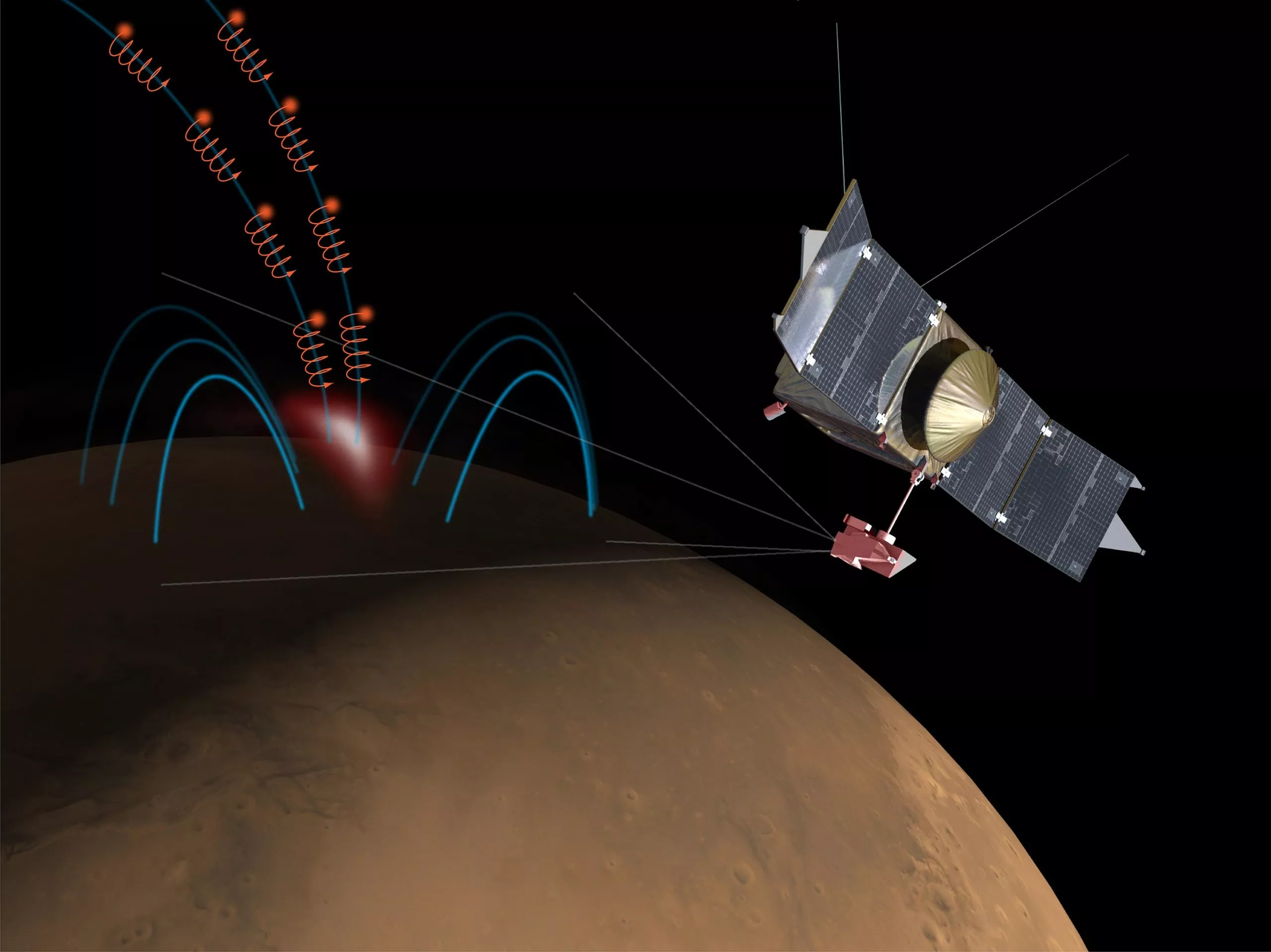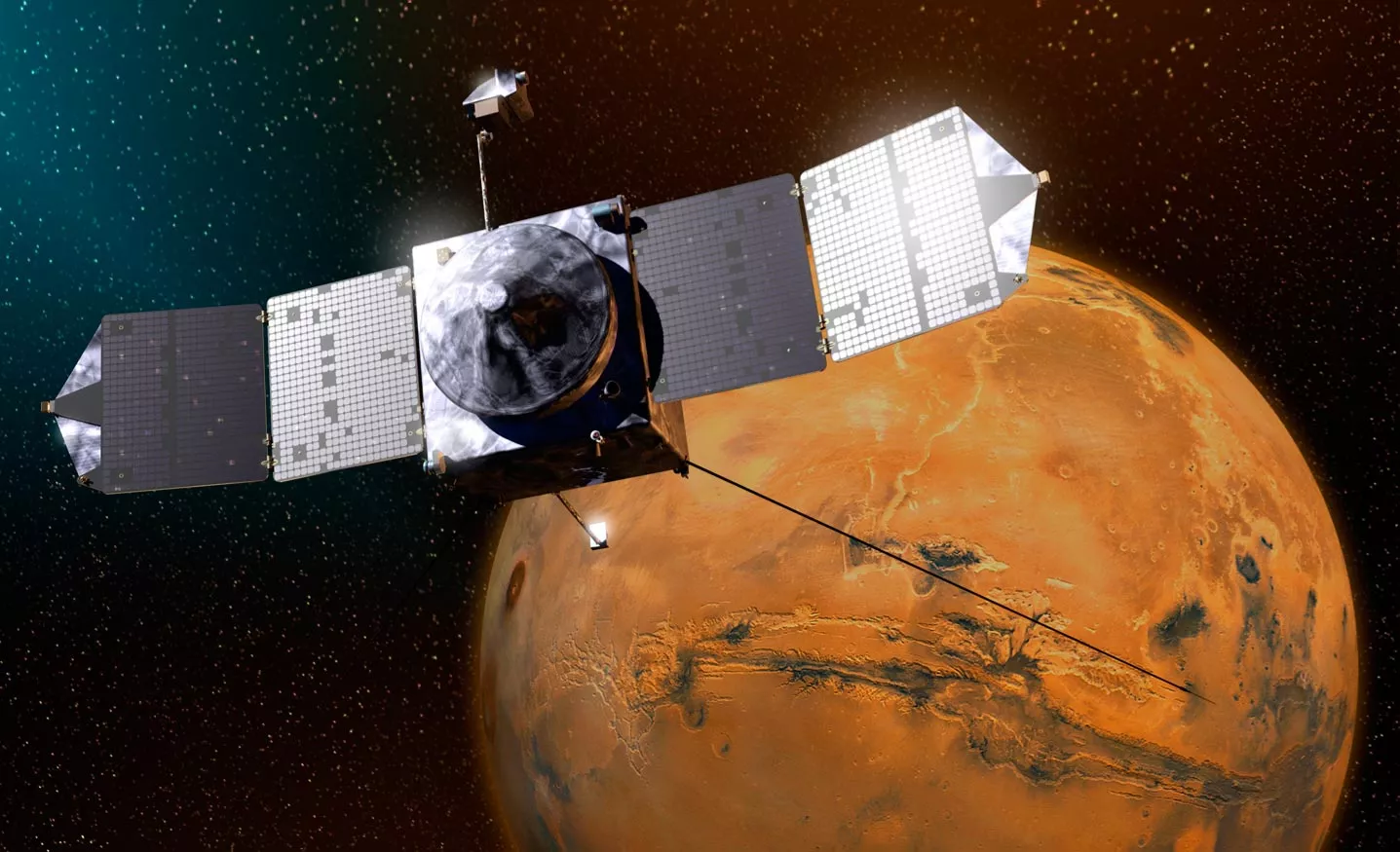Physicists led by the University of Iowa have learned about the formation of an aurora on Mars. In a new study, physicists studied discrete Aurora, a light phenomenon that occurs mainly in the night sky of the southern hemisphere of the red planet. Although scientists already know the discrete auroras on Mars - they also occur on earth - they are confused about how they form.
This is because Mars does not have a global magnetic field like earth, which is a major trigger for the aurora.

Instead, physicists report that the discrete aurora on Mars is dominated by the interaction between the solar wind - a continuous jet of charged particles from the sun - and the magnetic field generated by the crust of Mars in the southern latitudes. Scientists have found that it is the nature of this local interaction between the solar wind and the crustal magnetic field that leads to the discrete aurora.
Zachary girazian, an associate researcher in the Department of physics and Astronomy and corresponding author of the study, said: "we have the first detailed study - to study how solar wind conditions affect the aurora on Mars. Our main finding is that in the region of strong crustal field, the occurrence rate of Aurora mainly depends on the direction of solar wind magnetic field, while outside the region of strong crustal field, the occurrence rate mainly depends on the dynamic pressure of solar wind."

These findings come from more than 200 observations of discrete aurora on Mars by NASA led Mars atmosphere and Volatile Evolution (Maven) spacecraft. One of the instruments used for observation, the solar wind ion analyzer, is led by Jasper halekas, an associate professor in the Department of physics and astronomy, who is the co-author of the research paper.
"This is a very fruitful and exciting time to study the aurora of Mars. The discrete Aurora Observation Database we obtained from Maven is the first of its kind, enabling us to understand the basic characteristics of the aurora for the first time," girazian said.